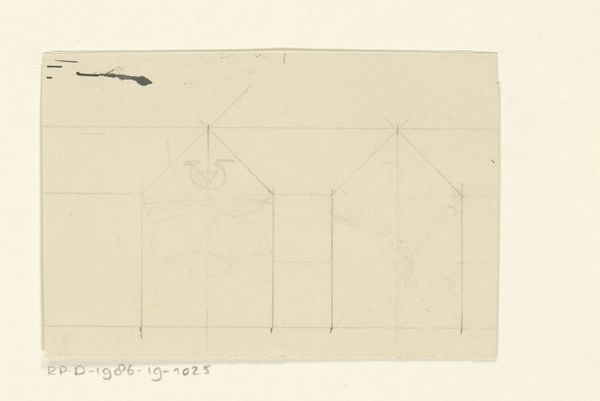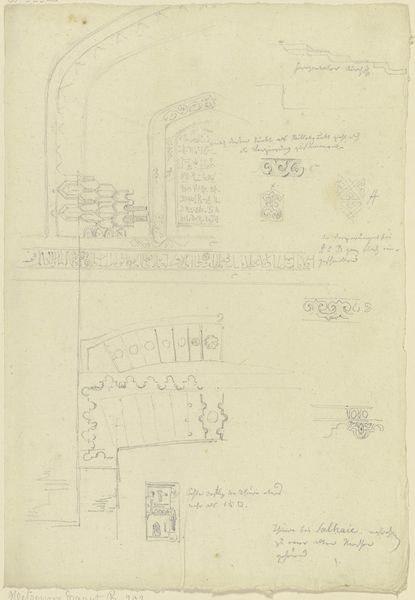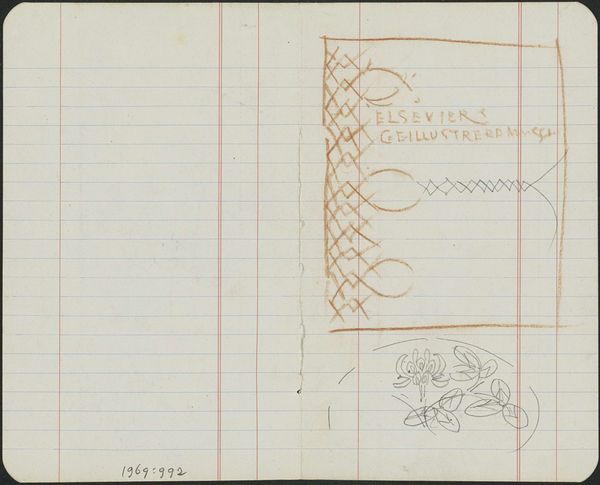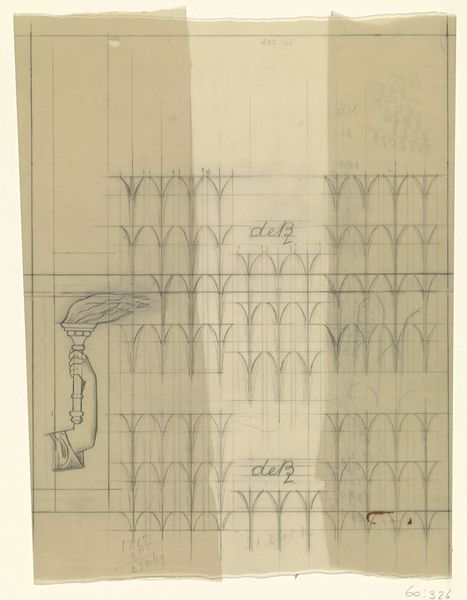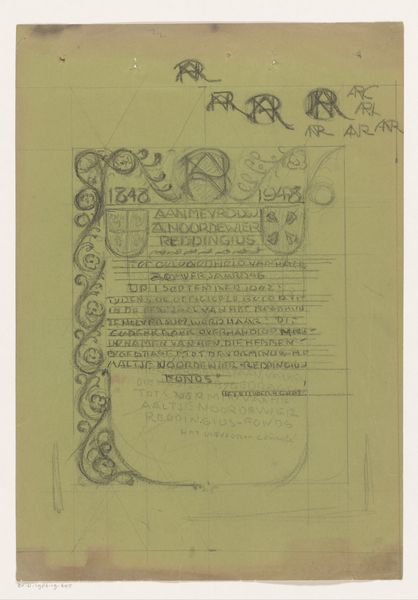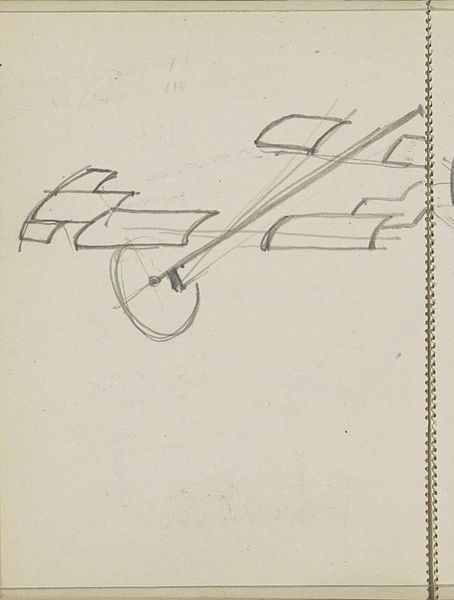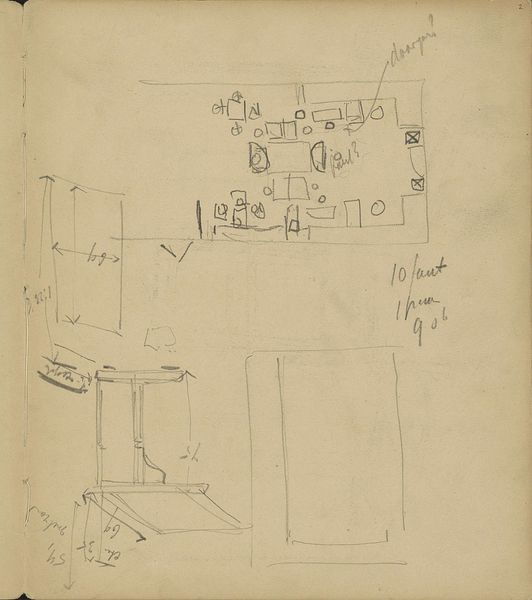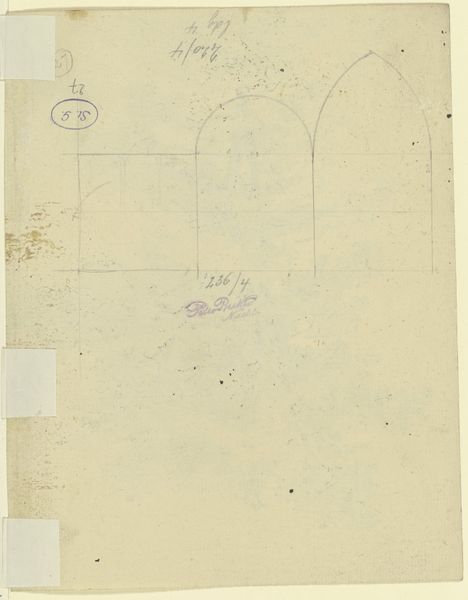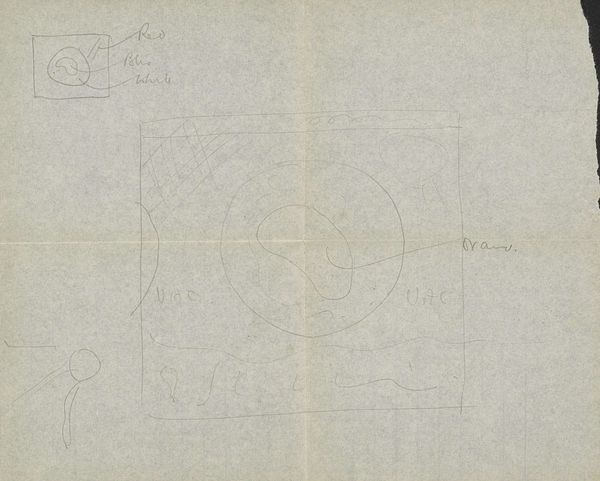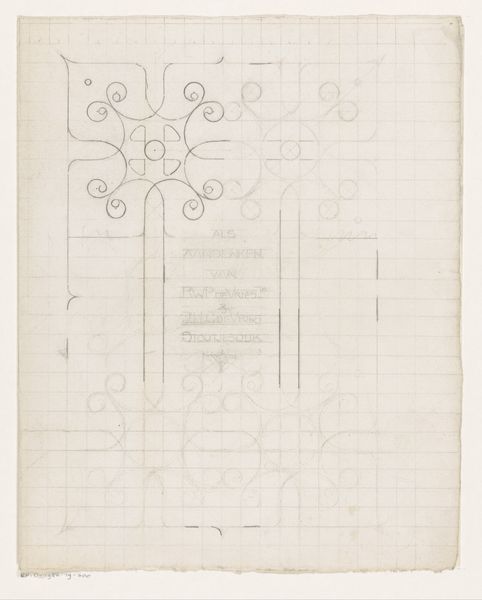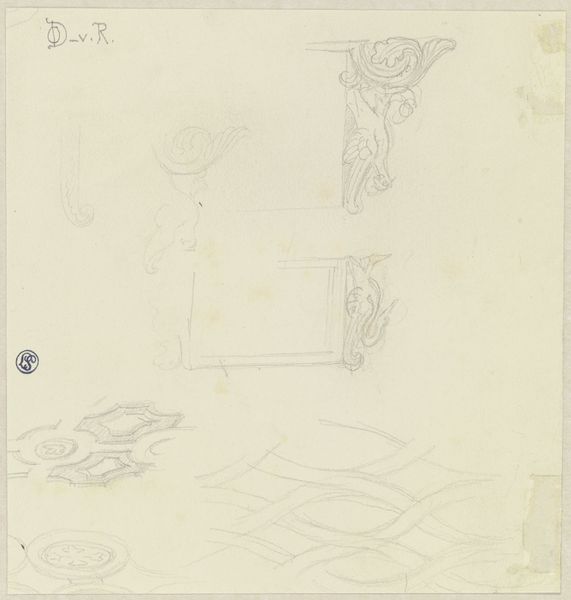
Ontwerp voor het lustrumboek van de Vakschool voor de typografie te Utrecht 1912
0:00
0:00
drawing, paper, typography, graphite, poster
#
drawing
#
art-nouveau
#
hand drawn type
#
paper
#
typography
#
geometric
#
graphite
#
poster
Dimensions: height 339 mm, width 280 mm
Copyright: Rijks Museum: Open Domain
Editor: This graphite drawing on paper, "Ontwerp voor het lustrumboek van de Vakschool voor de typografie te Utrecht" by Reinier Willem Petrus de Vries, dates to 1912. It looks like a preliminary sketch for a book cover or poster. The typography and geometric designs give it an interesting, almost blueprint-like quality. What's your take on this piece? Curator: I see it as a fascinating intersection of art and social context. The Vakschool voor de Typografie was training a generation in a specific skill, but it was also participating in a broader movement of democratizing information and challenging traditional hierarchies through graphic design. This preliminary sketch represents that formative period. What I see here, beyond the Art Nouveau aesthetic, is an educational institute actively taking control of its visual representation. Editor: So, it’s not just about aesthetics, but about who gets to control the narrative through design? Curator: Exactly. The school's decision to commemorate its anniversary with a publication, designed in-house, speaks to a sense of agency and a desire to shape its own image within the rapidly evolving landscape of early 20th-century society. It challenges existing powers and questions whose voices and designs get platformed. How does knowing this context shift your interpretation of the sketch? Editor: I see it now as more of a statement of intent rather than just a design exercise. It’s like the school is asserting its presence. Curator: Precisely! It's a document reflecting cultural change, illustrating a specific moment. It reminds us that design is rarely neutral; it reflects power dynamics and social ambitions. Editor: I never thought about a simple school poster in such an intersectional light. Thanks! Curator: And thank you! Your questions allowed us to explore these connections and unearth these historical meanings.
Comments
No comments
Be the first to comment and join the conversation on the ultimate creative platform.

